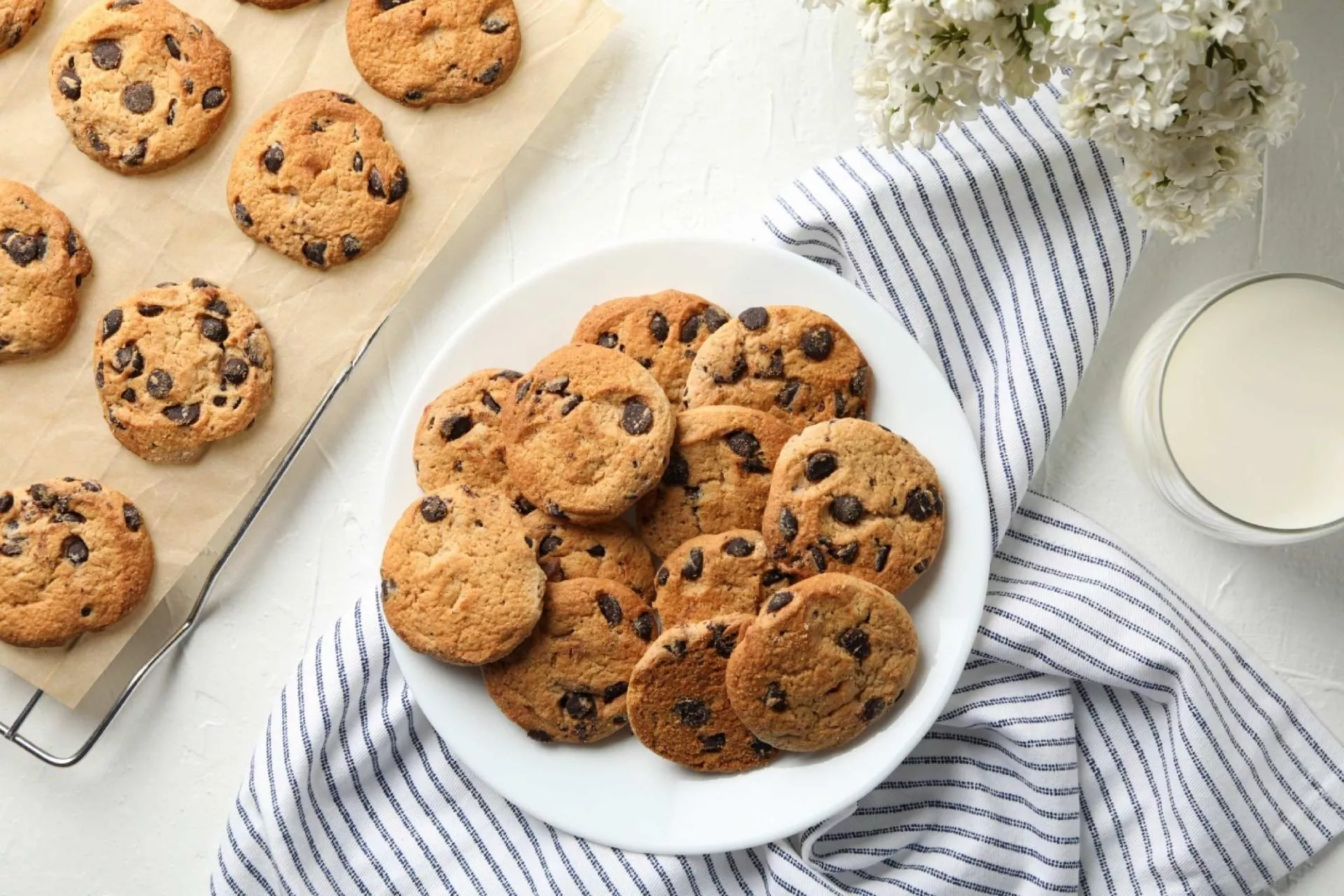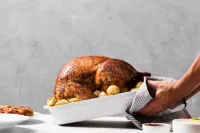Preparation
Before diving into this project, it is imperative you follow these few simple steps.
- Make sure you have read through the recipe at least once, so as to familiarise yourself with each step.
- Gather together all the ingredients you will need.
- Preheat your oven.
- Measure out all your ingredients as this will make putting together the recipe much quicker and smoother.
Accurate Measuring
Too little flour can make a cookie flat and too much flour can make a cookie hard or crumbly, so learning to measure accurately is one of the keys to successful baking.
For the flour: Stir the flour, spoon it into your measuring cup until heaping, sweep the excess off the top with the flat edge of a butter knife.
For the sugar: For granulated sugar, use the same method as you did with flour. With brown sugar, pack it in to the cup with back of a spoon.
For liquid ingredients: fill your measuring jug or cup on an even surface and read the measurement at eye-level.
For sticky ingredients: Coat the inside of your measuring cup with cooking spray or lightly wipe with vegetable oil. This will help the sticky ingredient to slide right out.
A Well-Blended Dough
Creaming is beating butter and sugar until a lighter consistency is achieved. This will ultimately result in cookies with nice texture and shape. This is how it is done.
- Allow your butter to soften properly by letting it sit at room temperature for 30 minutes. Alternatively, you can microwave it a 5 second intervals, turning it frequently so as not to melt it.
- Cream or beat the softened butter and sugar until it is light and fluffy.
- Beat in the egg until well mixed. Beat in any flavouring you may desire for your cookie, although vanilla extract is the most common.
- Stir in the dry ingredients, just until blended. To avoid ending up with tough cookies, dry ingredients are almost always stirred in by hand.
- Now add your stir-ins, be they be chocolate chips or nuts or whatever else you may want.
Shape Dough into Even-Sized Pieces
It’s important that each cookie is roughly the same size, so that they all bake up in the same amount of time. For spreading them on your baking sheet, the rule of thumb is generally 2 inches apart. To achieve this there are two methods you can use.
- Use a cookie scoop. They make the portioning dough into evenly-sized and shaped cookies relatively easy.
- Use two spoons: one to scoop and the other to push the dough onto the baking sheet.
Bake Until Golden
This can be the tricky bit, because if you’re not careful the cookies can go from perfectly baked to burnt in a minute or two. By following these useful tips, you will be able to avoid such calamities.
- Bake your cookies one sheet at a time on the middle oven rack for best results. This allows for even distribution of heat, which results in even browning and baking of cookies.
- Always use completely cooled cookie sheets. Allow it to cool for 5 to 10 minutes after removing from the oven. Then, run under cold water and dry completely before baking the next batch.
- Always set your timer to the minimum bake time listed in your recipe. If cookies do not appear done at that time, add 1 or 2 minutes before checking again.
- Purchasing an oven thermometer is a good idea, if you don’t already own one, simply because most oven temperature gauges are 25 to 50 degrees off,
Be Cool and Let Them Cool
As you may be aware cookies don’t stop cooking once they are taken out from the oven. As long as they’re on the hot sheet, they will continue baking, which is why it’s imperative to pay attention to your cooling process. Here’s the proper way to cool your cookies.
- As the cookies sit on the cookie sheet, they firm up a bit, which makes them easier to move. But don’t let them sit for too long or they might end up darker and crispier than you intended.
- Use a flat, thin spatula to move cookies from the cookie sheet to a cooling rack. They will benefit from the circulation of air all around them. Parchment paper is a good substitute if you don’t own a cooling rack.
Proper Storage for Freshness
Here’s how to keep fresh-baked cookies tasting wonderful.
Allow them to completely cool down before storage. Otherwise, they will steam up and become soggy.
The majority of cookies can be stored in an air-tight container for up to 3 days.
Cookies that are frosted or have a cream filling should be stored in the refrigerator.
How to Freeze your Cookies
Most baked cookies can be stored in airtight containers and frozen for up to 6 months. For frosted or delicate cookies layer them between sheets of waxed paper. Cream-filled cookies do not freeze well.
And there you have it. The best way to bake the perfect cookie. So, gather what you need and get baking because cookie heaven awaits.

 How to Cook Chicken Noodle Soup
How to Cook Chicken Noodle Soup How to Cook a Turkey
How to Cook a Turkey



